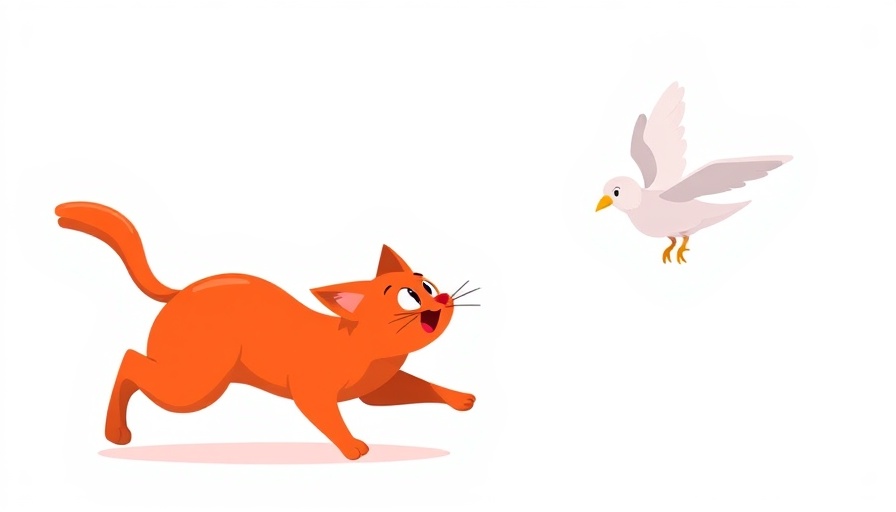
The Evolution of AI in Design Workflows
In recent years, the integration of Artificial Intelligence (AI) into design workflows has transitioned from speculative fiction to reality. The launch of tools like ChatGPT in late 2022 catalyzed a shift, allowing not only developers but also everyday users to engage with AI in conversational manners. This shift is evident in how designers react to and incorporate AI, echoing the psychological stages outlined in the Kübler-Ross Change Curve. Instead of fearing AI, many are now exploring how to effectively collaborate with it.
Meet Kate: A Designer’s Journey
To illustrate the AI-augmented experience, we follow Kate, a mid-level designer at a FinTech firm. Kate's week-long adventure encapsulates the struggles and triumphs faced by many designers as they embrace AI. From initial skepticism—believing AI could never replace human creativity—to acceptance, where she learns to leverage AI as a tool to enhance her work, Kate's journey mirrors the experiences of countless professionals today.
The Balancing Act: Human Skills vs. AI Tools
The key to successfully integrating AI into design lies not in discarding human intuition and empathy but in enhancing these traits with technological solutions. Kate finds that her ability to critically reflect on AI responses, asking, "Does this really solve the problem?" or "How can I make this more user-friendly?" distinguishes her from those who may simply accept AI suggestions at face value.
Real Challenges & AI Experimentation
Throughout her week, Kate encounters various scenarios where AI provides both helpful insights and frustrating limitations. By navigating these real-world challenges—such as generating prompts or using AI for user feedback—she learns the importance of refining her approach to AI collaboration. This experimentation not only improves the outcomes of her design sprint but also solidifies her understanding of the role AI can play in her future work.
Looking Ahead: Future of AI in Design
As AI continues to evolve, predicting its trajectory in the design sphere becomes crucial. Kate's experiences position her and her peers on the cusp of a new era where human creativity—infused with AI's efficiency—will redefine design processes. The tools available today could become intuitive assistants tomorrow, enhancing creative output without overshadowing human input.
Takeaway: Embrace and Experiment
Ultimately, the journey of an AI-augmented designer like Kate underscores a vital message: embrace the technology, experiment with its capabilities, and never lose sight of the human essence that drives design. Understanding how to coexist with AI in a productive, creative way can prepare designers for a future where collaboration between humans and machines is not just beneficial—it's essential.
 Add Row
Add Row  Add
Add 




Write A Comment